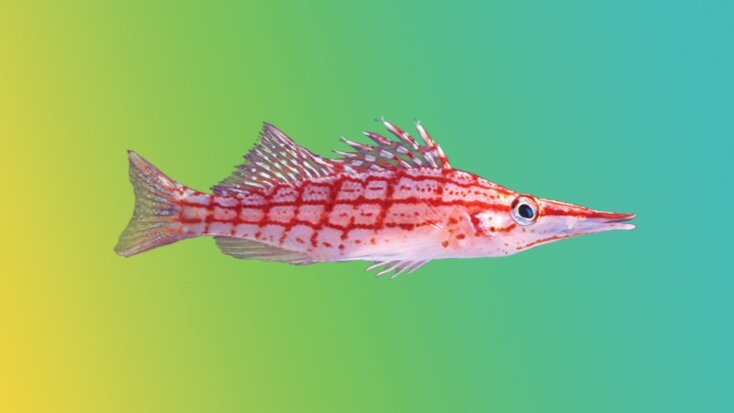Feeding Tips & Guidelines
Feeding fish seems easy, but is actually one of the most difficult things to teach. It’s as much an art as a science. Doing it correctly requires an observation, and an awareness of the fish and their needs: when are they overfed or underfed?
The first rule of thumb is: when in doubt, underfeed. If needed, you can always fix the situation later by increasing your feeding amount. However, if you overfeed you eventually run into some serious problems.
Overfeeding is more common than underfeeding. However, there are times when a hobbyist will underfeed their fish to an extent that their fish look emaciated. Some reef keepers end up doing this because of concerns about phosphate and nitrate levels in the water. Also, underfeeding their filter-feeding corals (who are used to having an abundance of plankton) is not unheard of.
If a fish is overweight, simply feed less. If the fish is too thin, just feed more. A hobbyist needs to remember: he or she is in control, not the fish. A healthy fish will always beg for food even if not needed. Generally, for a high nutrient-density food, the quantity your population consumes in 30 seconds or less is a good starting point. Also, pay attention to the vigor with which the fish pursue the food to help judge the correct portions. Another thing to focus on is making sure that those that are slower feeders or bottom-feeders are also receiving food. In some cases, target feeding may be called-for.
If a fish shows no interest in food, there are likely big problems with that animal; either they are sick or under stress from very bad water conditions.
For pellets, choosing the correct size is vital. Large fish can (to a certain extent) eat small pellets. However, if the pellet is too large for the fish, they’ll usually spit it out or expel a large portion into the water column while chewing. The key is to use a pellet size that allows the fish to swallow it whole. A good starting point is about half the size of their mouth.
If you keep a mix of sizes in the aquarium, mix different size pellets to ensure all of the fish receive a share appropriate to them.
A common error is to pre-soak pellets. This is based on the mistaken belief that it will aid in the digestion and prevent swelling inside the fish’s gut. This is an urban myth. Fish digestive systems contain copious enzymes and gastric acids that turn the pellet into pulp in a short period. If a pellet causes gastrointestinal issues, it’s usually due to use of ingredients with poor digestibility. This includes excessive grains and grain by-products and low quality protein. It is not due to pellet swelling. In fact, when you pre-soak pellet foods, you are encouraging nutrients and water-soluble vitamins and minerals to leach into the water before even introducing it.

